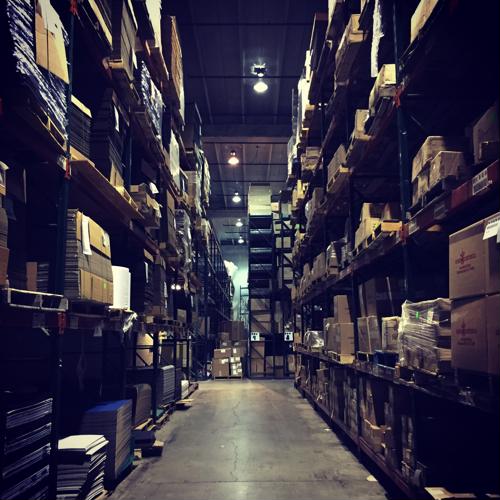
According to Global Market Insights, the industry for inventory and order management software is expected to grow considerably over the next few years, as supply chain and warehouse managers continue to look to OMS solutions. This technology has made quite the impact on supply chain operations and the overarching ecommerce sector, enabling stakeholders to improve oversight and efficiency of order fulfillment.
Overall, the market for this software is on track to surpass a $3 billion value by 2024. As demands for order management and fulfillment solutions increases, it’s imperative for decision-makers to find the right system to suit their unique needs.
There are a few critical features that your new order fulfillment system should include in order to provide the most value for you, your warehouse users and your customers. As you select your next OMS, here’s what you should look for:
1) Customer-focused capabilities
Surprisingly, one of the most overlooked areas in choosing an OMS are the features related to customer order recipients. A powerful OMS will include a robust customer database that is easy and intuitive to manage, enabling users to keep meticulous records of the most up-to-date customer details. In this way, information can be used not only to ensure order fulfillment, but for engagement and customer retention campaigns as well.
It’s also beneficial to find a solution that can automatically standardize and correct customer addresses. There’s nothing worse for a client than seeing that their order was marked undeliverable due to a small mistake in the address. This feature helps make issues like this a thing of the past, and can automatically correct or fill in any blanks for delivery destinations.
“Inventory management ensures that items are available to fulfill customer orders.”
2) Inventory management
This includes capabilities like being able to see the exact availability and allocation of products in the warehouse, including those marked for future orders and merchandise categories that are nearing depletion. This level of inventory management helps ensure that items are consistently on the shelf and available to fulfill customer orders, preventing out-of-stock warnings or delays in delivery.
A solution that not only shows inventory levels, but enables users to flag those that are unavailable, release backorders and/or reorder products that are running low is particularly beneficial. This level of management means supervisors can be completely on top of their available inventory and granularly manage even the most popular and in-demand items.
3) Support for credit card orders
Now that the vast majority of orders are paid with credit cards, it’s important that your OMS technology can streamline this part of the process as well. A robust OMS can not only enable the verification of credit card order information, but also goes a step further to authorize charges. In this way, there’s no surprise later on, and no questioning whether or not an order went through.
In addition, a solution that can generate final billing and invoice notices is a considerable asset – this ensures customers have the most up-to-date records, and handles some of the heavy lifting for internal billing departments.
To find out more about what you need in your advanced OMS, connect with our experts at SFG today.









